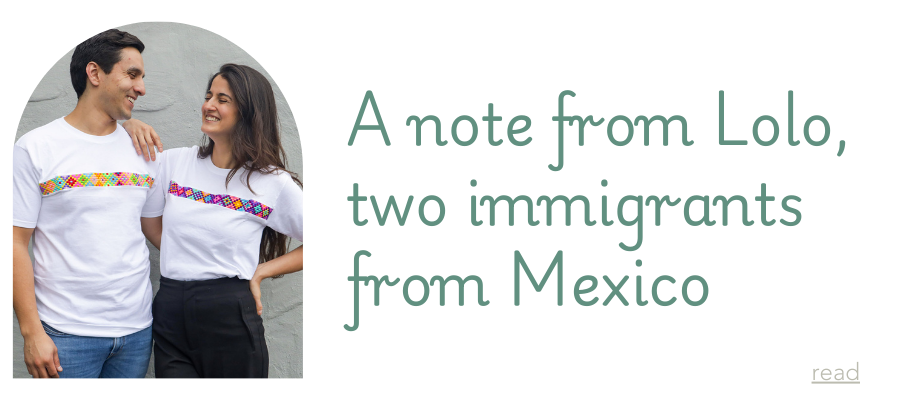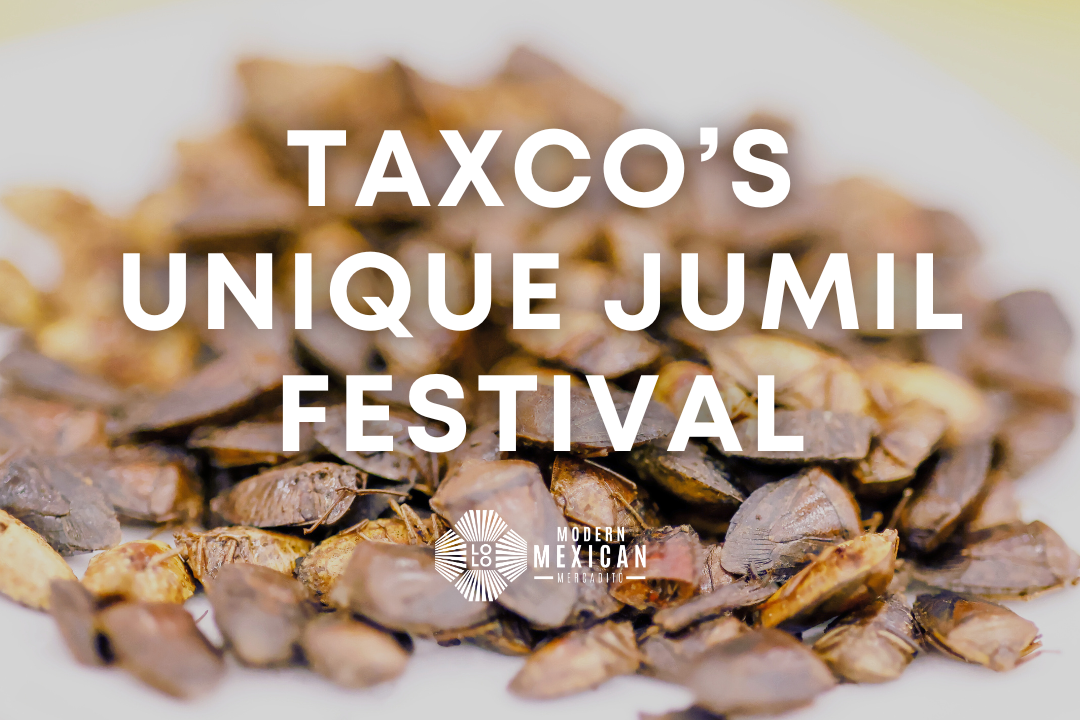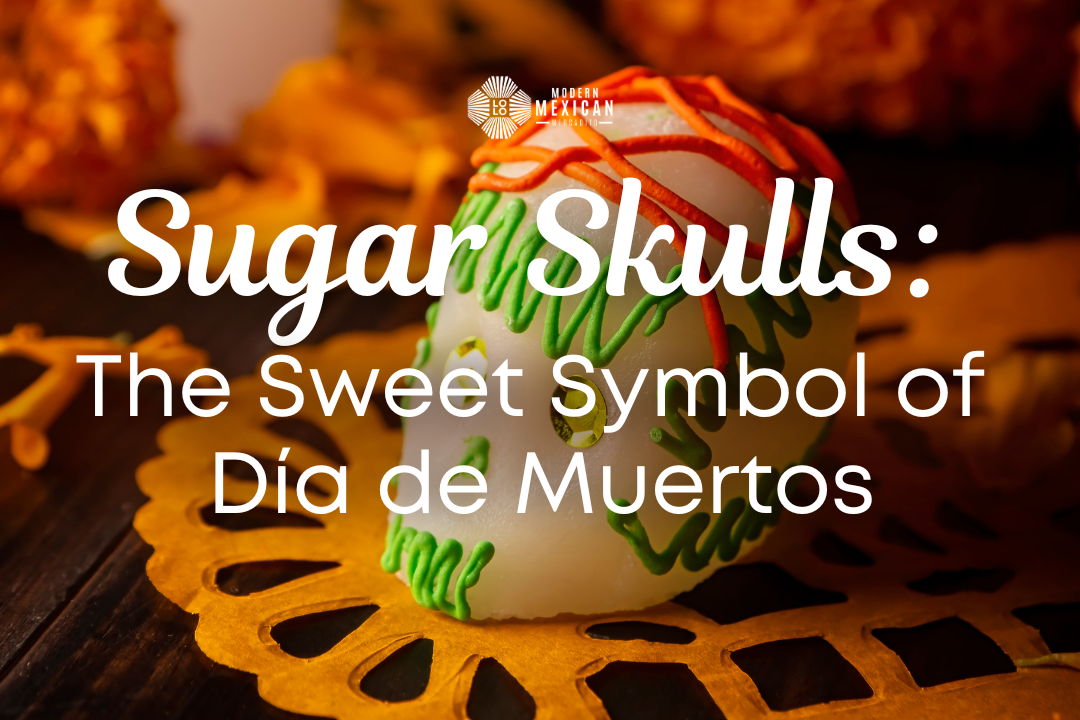Backstrap loom weaving is an ancient technique that has been integral to the daily life of artisans from indigenous communities in Mexico (and across other parts of the American continent). The backstrap loom has been a valuable tool since pre-Hispanic times, enabling Mesoamerican women to express their creativity through the designs and the fabrics they create.
But it's not just about creativity. Through their textiles, women in each community have crafted pieces that signify identity and belonging. These creations have also provided a reliable source of income, supporting their families and communities. That’s why today, we want to celebrate, highlight, and elevate the incredible work of women weavers in Mexico in this blog post with the hopes of showing you the talent and innovation we see in the women we proudly have partnered with.
The Backstrap Loom
According to many historians, the emergence of the backstrap loom coincides with the transition from nomadism to agriculture, marking the beginning of sedentary life for these communities.
In every pre-Hispanic culture in Mexico, textiles produced on the backstrap loom meant more than a simple technique for producing fabrics; they were considered a sacred gift bestowed by the gods upon women. This belief is evidenced by deities regarded as patrons of spinners, weavers, and embroiderers. For example, in the Mayan culture, the moon goddess “Ixchel” gifted women with backstrap looms along with the talent for weaving, while her daughter Ix Chebel Ya’ax was the patroness of embroidery.
The backstrap loom experienced a significant surge in Mesoamerica (Mexico and Central America) during the pre-Hispanic era, continuing until the introduction of the pedal loom by the Spanish in the 16th century. From then on, both types of looms were used concurrently. Although the backstrap loom is not as fast as the pedal loom, its parts are more affordable and easier to obtain or make. Additionally, this type of loom is portable and can be taken anywhere, whereas the pedal loom is large and heavy, making it difficult to transport and handle. In fact, in certain areas of Mexico, it is common to see assigned roles to each of these, like women to backstrap loom because it is believed to be "easier" to manipulate, and men operating pedal loom machinery.
Parts of the Loom
The backstrap loom mainly consists of two groups of threads: the warp and the weft. The warp threads are vertical, determining the length and width of the fabric, while the weft threads are horizontal strands that interlace with the warp, creating the fabric's canvas.
The backstrap loom varies according to the items being crafted: belts, sashes, bags, quechquémitls, huipiles, skirts, zapupes, rebozos, napkins, sarapes, gabanes, table runners etc. By adding threads of different colors, more effects, interlaces, and an array of designs are achieved through the introduction of threads in both the warp and the weft of the loom.
The weft threads are guided by a wooden piece called a shuttle, while the fabric is tightened using a wooden tool known as a sword or machete, which the weaver pulls towards herself to tighten the fabric on the loom.
The backstrap loom is tied at the upper end to a fixed point such as a tree or post, while the other end, the lower one, is held with a mecapal or belt that the weaver secures around her waist to tension the loom. The structure itself is simple, yet the interweaving of threads, textures, ornaments, and color combinations provide great versatility and a rich array of designs, which are responsible for the beauty of each fabric and garment created.
As for the weaving techniques employed, these include taffeta, double cloth, twill, tapestry, and gauze, as well as the depiction of anthropomorphic, phytomorphic, or zoomorphic figures. Additionally, there are techniques mastered by expert weavers who embellish fabrics with embroidery and even applications of shells or precious stones to further enhance their textiles.
Thus, although the method of weaving and the components are almost the same across the various weaving regions in Mexico, what distinguishes each is the style and symbolism of the patterns they represent. These techniques are preserved and passed down from generation to generation, carrying with them the memories and dreams of the weavers.
Art on Backstrap Loom
Traditional textile art has been kept alive through the dedication and tenacity of generations of weavers who have passed down their knowledge to their daughters and granddaughters for over thousands of years.
It is important to emphasize that, although it is a single country, each region and each community in Mexico has its own traditional technique. This means each community features its unique type of weaving, brocade, patterns, or embroidery, which have served as ways to identify themselves throughout history and to represent their textile and cultural wealth.
The legacy of this art is transmitted from grandmothers to mothers, and from mothers to children from a very young age. Children practically grow up surrounded by threads and looms, and by around the age of five, they begin to use the backstrap loom gradually, gaining more confidence and skill over time. After years of practice, they start to create their own designs.
Lastly, it's crucial to highlight the use of traditional clothing in some communities as a way to identify with one's own community through designs and symbols. This serves as a link to their ancestors, a form of cultural resistance, or simply a profound conviction. Indeed, the legacy that traditional textile art leaves us, both culturally and nationally, is undoubtedly a historical testament to our ancestral culture, as the designs imbue meanings that weave together past and present stories.
Lolo's commitment to the Technique
For us at Lolo Modern Mexican Mercado, it is important to celebrate the talent and historical significance of backstrap loom weaving. However it is essential to also recognize the impact of supporting these artisanal traditions. By choosing garments crafted on the backstrap loom, you preserve an ancient art and support the livelihoods of the artisans who have mastered it. These artisans are keepers of tradition, yet they also innovate within their craft, blending ancestral techniques with contemporary designs to create truly unique pieces that speak both of tradition and modernity.
We are dedicated to showcasing these remarkable, handpicked creations from across Mexico. When you choose to shop with us, you are buying a piece of clothing, you're investing in a piece of cultural heritage, and you are helping sustain the artistic communities. So, before we close this blog post, we invite you to support the work of the talented women artisans Lolo has partnered with and contribute to their livelihood and the preservation of a craft that has been the heartbeat of their community for generations.
What do you think? Where you familiar with this craft? What other technique would you like to see a highlight from? We love to read your comments, which you can make in the comment section below. Also, as usual, don’t forget to subscribe to our newsletter if you would like to receive more articles like this one and to check out our shop to get the latest from Mexico, you can view our collection of artisanal clothing here.








